In the past decade, the latest art on walls making art more useful and visually appealing modern wall art has emerged as a powerful form of artistic expression, transforming mundane spaces into captivating visual experiences. we share the experience of many seasoned wall artists, I have witnessed the remarkable evolution and impact of this art form. In this article, we discuss modern wall art, exploring its creativity of significance, techniques, types, Origins, History, various examples and the ways it enriches our living spaces in future.
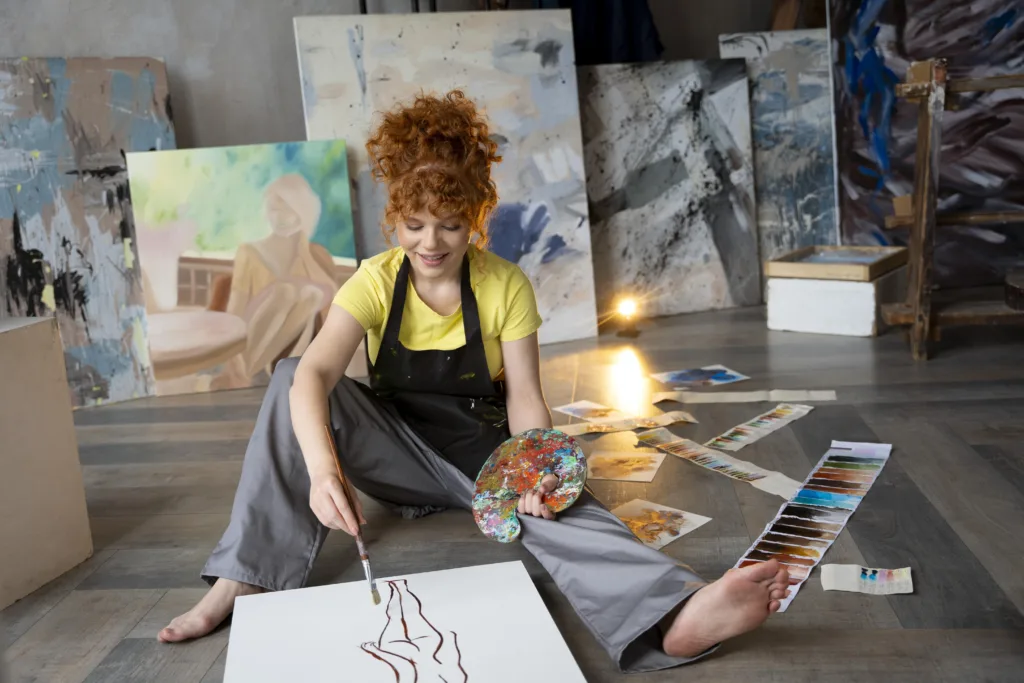
Modern wall art goes beyond traditional paintings or photographs hanging on walls. It embraces various mediums and techniques, including murals, graffiti, stencil art, and mixed-media installations. This genre breaks boundaries, blending aesthetics with social commentary, cultural diversity, and personal narratives. By pushing the boundaries of conventional art, modern wall art offers a fresh perspective and engages viewers on a deeper level.

As a wall artist, I have explored different techniques to create impactful modern wall art. One popular approach is mural painting, where large-scale images are hand-painted directly onto walls. This method allows for immense creativity and customization, transforming entire spaces into immersive visual narratives. Another technique involves stencil art, which uses stencils to create intricate patterns or designs, lending a contemporary and urban feel to the artwork. Mixed media installations combine various materials such as metal, wood, and found objects, offering a tactile and multisensory experience.

Modern wall art has the power to elevate any environment. In homes, it serves as a statement piece, adding character and charm to living rooms, bedrooms, or even outdoor spaces. In commercial settings, it can create a vibrant atmosphere, leaving a lasting impression on customers and clients. these days designers and artists turned our public spaces into open-air galleries, allowing communities to engage and transformed life with art in their everyday lives, fostering a sense of pride and cultural identity.
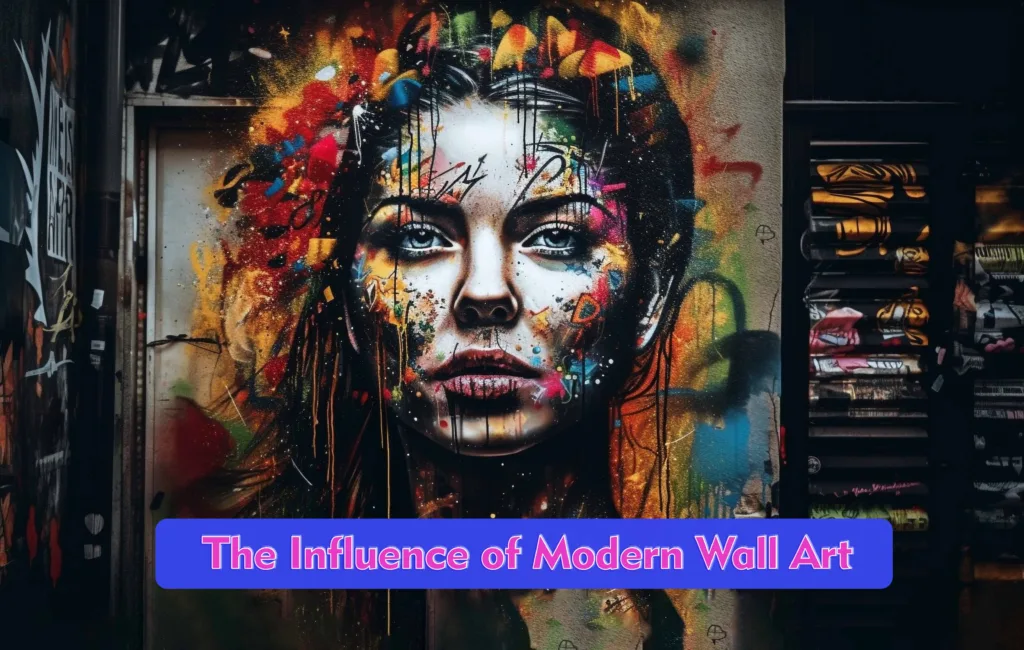
Modern wall art has broken down barriers and democratized art in unprecedented ways Street art festivals, like wells street arts Festival, community art projects, and many public art fairs provide platforms for designers and artists to convey messages and thoughts to our society. most designers and artists have used it as a catalyst for social change, addressing political, environmental, and societal issues in our society its best idea to communicate larger audience. Modern wall art has the ability to inspire, provoke dialogue, and unite people through shared experiences.
As a seasoned wall artist, I have witnessed the transformative power of modern wall art first-hand. It has transcended the confines of traditional art spaces, infiltrated our daily lives, and enriched our experiences. From its diverse techniques and approaches to its ability to create social impact, modern wall art has firmly established itself as a dynamic and influential art form. Embracing this medium allows us to celebrate creativity, express our individuality, and create visually stunning environments that resonate with us and others.
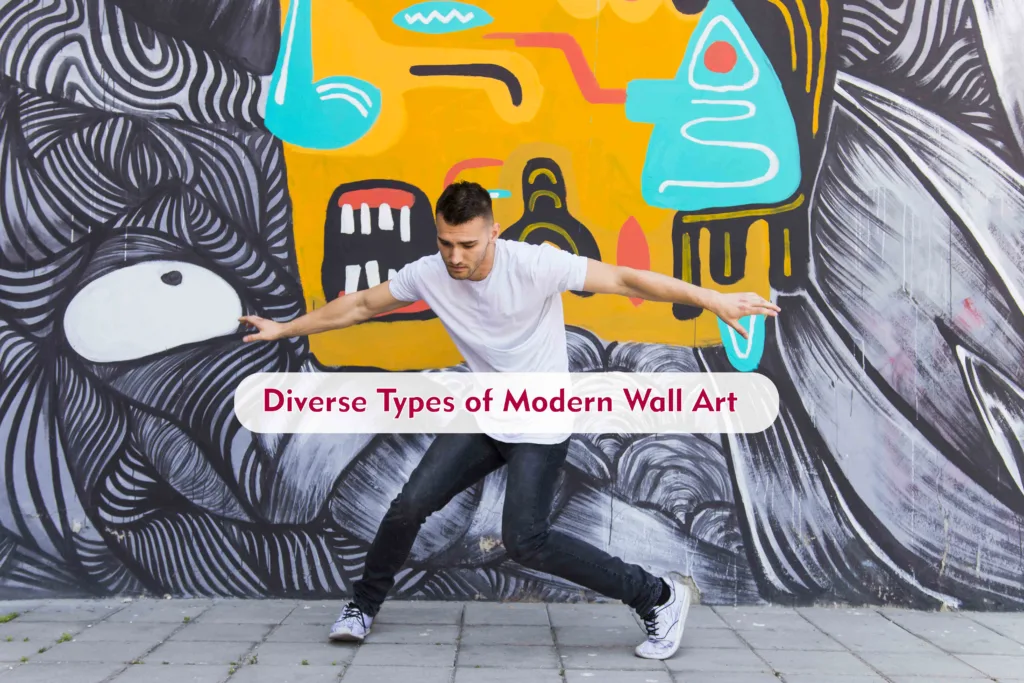
Wall artists have the privilege of exploring modern wall art and working with various types of. This art form shows unique characteristics and aesthetic appeal in a wide range of techniques, mediums, and styles, in each type of modern wall art. here we read prominent types of modern wall art and define the creativity of wall art.

Mural Art: Mural art is perhaps the most iconic and recognizable form of modern wall art. It involves painting large-scale images directly onto walls, transforming entire spaces into visually captivating narratives. Murals are part of space design and they can be found in public spaces, commercial areas, and even residential areas. murals are very realistic, abstract, or stylized, depending on the artist’s vision and how the artist convey the purpose of the artwork. Mural art allows for immense creativity, customization, and the ability to create a powerful impact on the viewer and society one example is cleanliness.

Graffiti Art: Graffiti art is the most ancient and modern wall art form and emerged from street culture as a form of self-expression of artists to viewers, social and political agenda was addressed in Graffiti art. It involves various techniques to create bold and vibrant walls with the use of spray paint, and stencils and create politically charged images on walls. Graffiti art challenges traditional notions of art and pushes boundaries, often blurring the lines between vandalism and artistic expression. Banksy and Shepard Fairey gained recognition as powerful Graffiti Artists and they create the foundation of graffiti art as a medium of street art, making significant contributions to the genre.
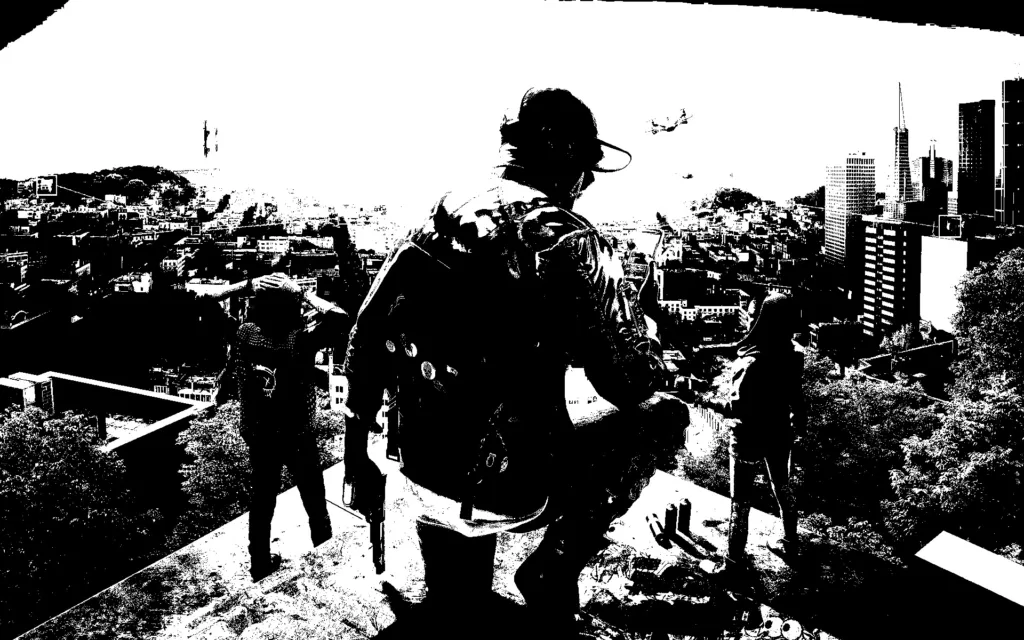
People Also Read >>>> Stencil Art: Meaning, Uses, 4 Benefits, 4 Types, History, Origins, Evolution, and Modern Techniques
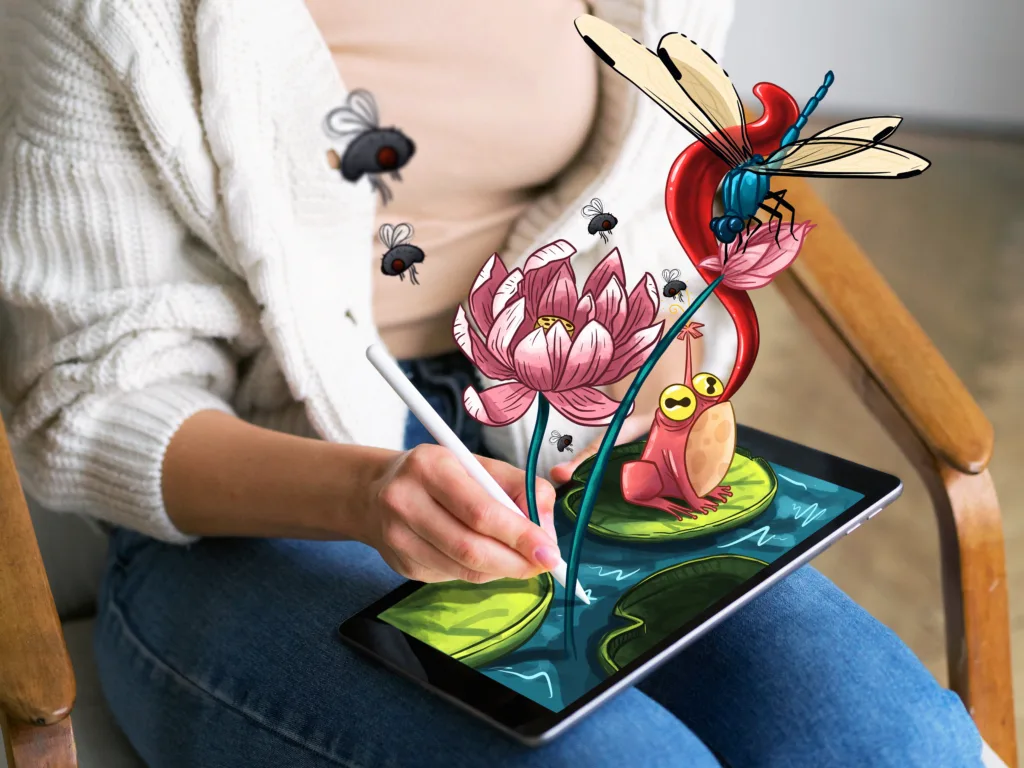
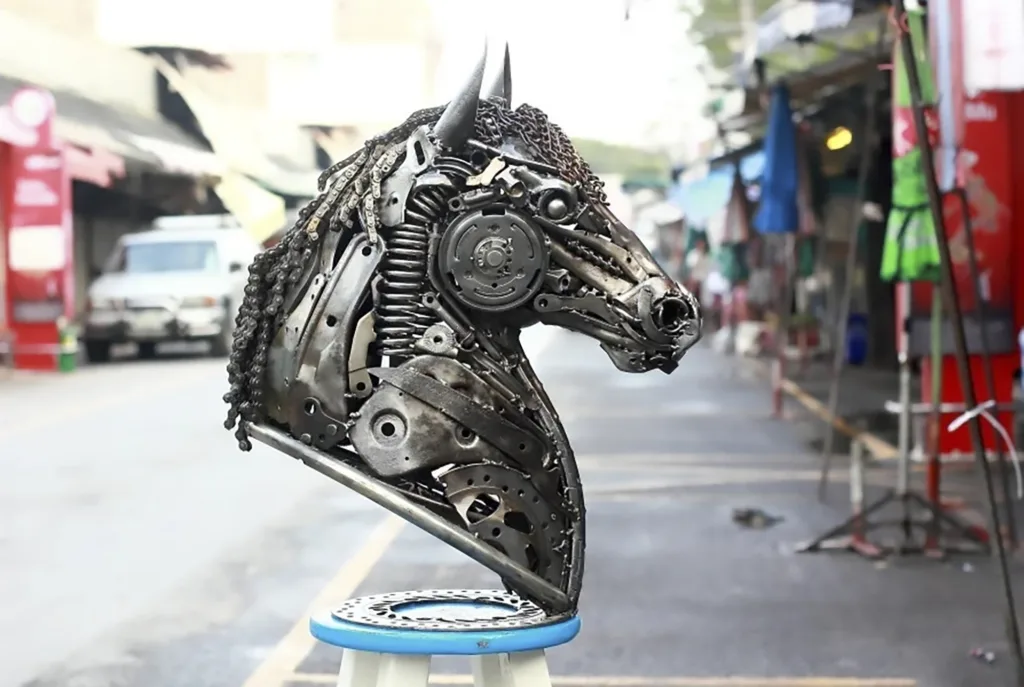
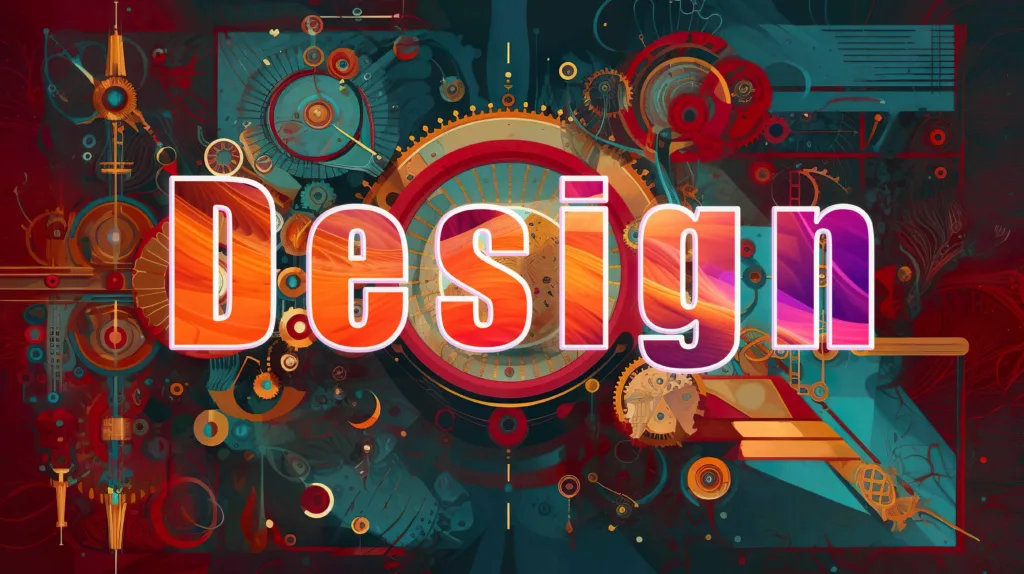
Modern wall art encompasses a diverse range of techniques and mediums, each contributing to the rich and dynamic landscape of this art form. From the monumental murals that transform entire spaces to the bold and expressive graffiti art found on urban walls, each type of modern wall art offers its own unique contribution to the artistic dialogue.
these are street Arts, if you want to know more about Street Arts check this >>>
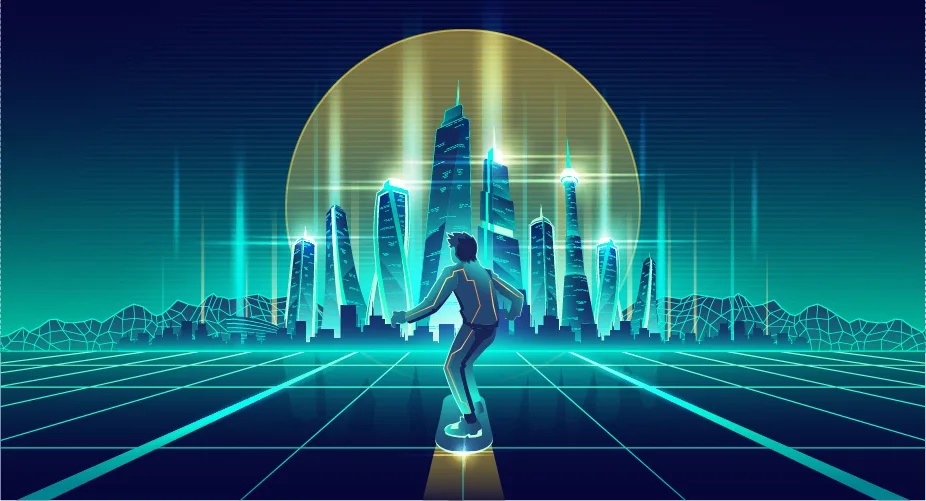
This Art is the future of this dynamic art form and its potential to create a revolution in design. In recent days the world of design is known for its versatility, innovation, and ability to transform spaces, and design public space with more participatory intent modern wall art is poised to redefine the boundaries of creativity and leave an indelible mark on our Society, community, and design industry.
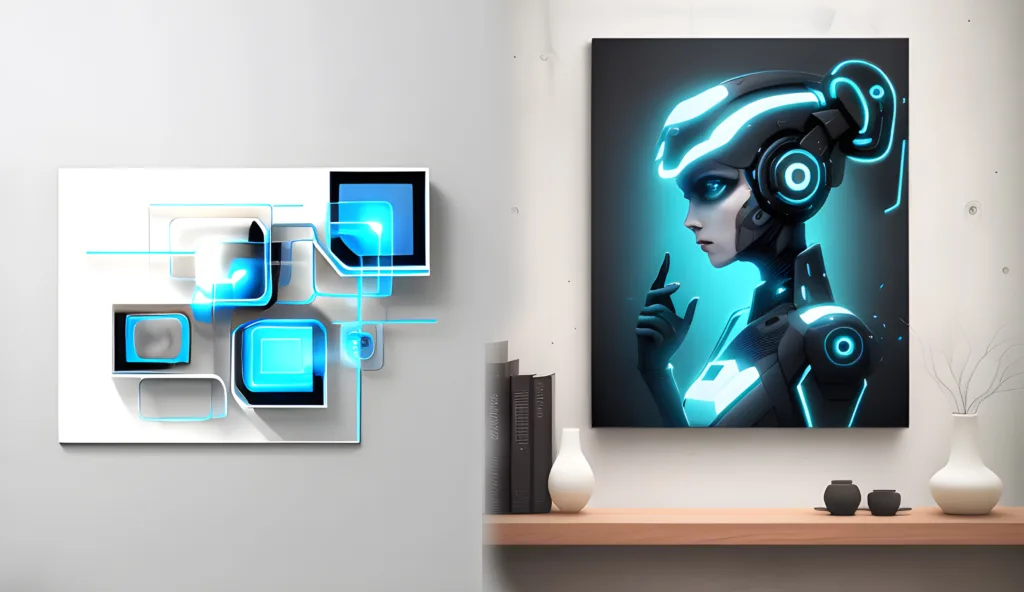
The future of modern wall art lies in the convergence of technology and artistic expression. By the year 2050 AI is much more developed with the next level of Advancements such as augmented reality (AR) and virtual reality (VR) these techs are already reshaping the way we perceive and interact with art. Imagine a world where a simple scan of a wall brings artwork to life, enabling viewers to immerse themselves in a captivating digital experience. These technological innovations will allow wall artists to push the boundaries of their creativity, blending the physical and digital realms seamlessly.

With an increased focus on sustainability and environmental consciousness, the future of modern wall art will see a shift towards eco-friendly practices. Artists will explore sustainable materials, eco-friendly paints, and innovative installation methods to minimize their carbon footprint. By creating environmentally responsible artworks, wall artists will not only contribute to the preservation of our planet but also inspire others to embrace sustainability in their designs.

Modern wall art has always thrived on collaborations, and the future will see even more cross-disciplinary approaches. Wall artists will collaborate with architects, interior designers, and urban planners to integrate art seamlessly into the built environment. This synergy will create cohesive and visually stunning spaces that inspire and engage individuals on multiple levels. The blurring of boundaries between art, design, and architecture will result in a revolutionized approach to aesthetics and spatial experiences.
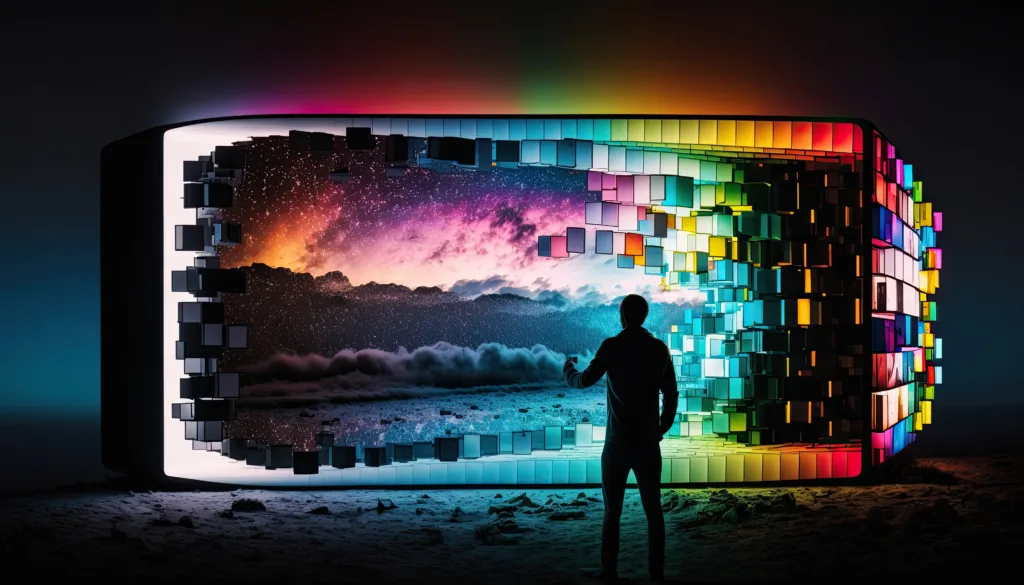
The future of modern wall art will be characterized by interactive and participatory experiences. Artists will explore interactive elements, such as motion sensors, sound installations, and interactive projections, allowing viewers to actively engage with the artwork. This shift from passive observation to active participation will transform spaces into dynamic, ever-evolving environments, blurring the lines between art and audience.

With the advent of technology and increased connectivity, modern wall art has the potential to facilitate global cultural exchange. Artists from different areas, communities of the world can collaborate, share ideas, and create artworks that are beyond the geographical boundaries. This cross-cultural dialogue will enrich the design industry, fostering diversity, inclusivity, and a deeper understanding of different perspectives.
The future of modern wall art holds immense promise, with technological advancements, sustainability, collaborations, interactivity, and global cultural exchange at its core. modern wall art future induced by embracing innovation, AI technologies, pushing boundaries, and creating immersive experiences, modern wall art will continue to captivate audiences, transform spaces, and inspire a new generation of artists and designers. The future is bright, and the possibilities are limitless for this dynamic and influential art form.
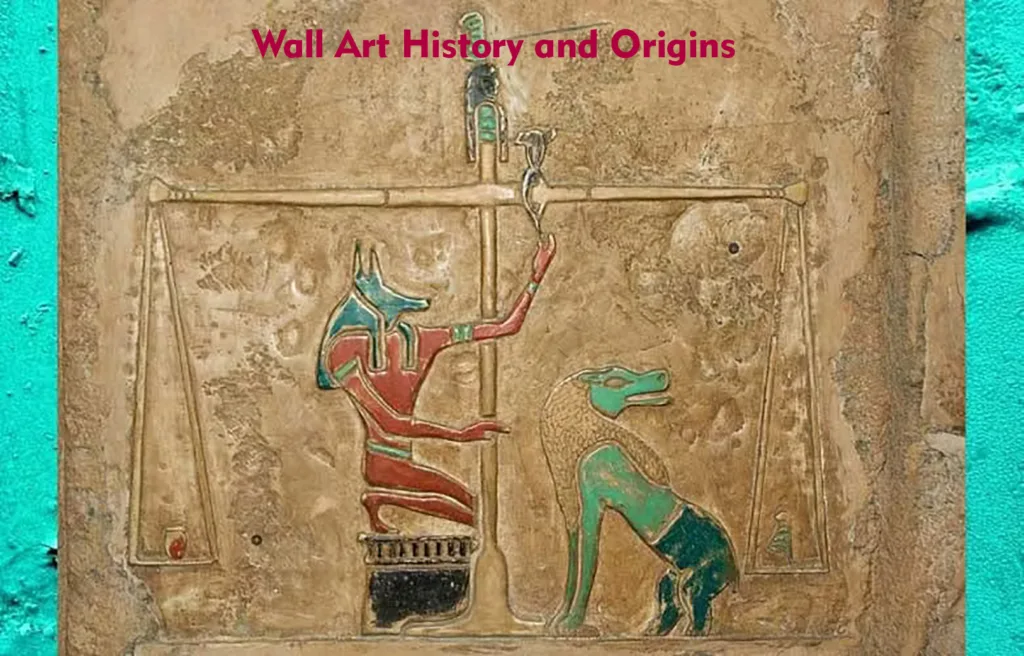
We talk with many wall artists with a decade of experience, they have been captivated by the rich history and origins of modern wall art. This art form has evolved as an influential medium of artistic expression from its humble beginnings making this art dynamic. we see here the roots of modern wall art, and its diverse influences exploring the historical journey to the modern world.
Early Beginnings: The history of wall art can be traced back to prehistoric times when early humans adorned cave walls with paintings, depicting scenes from their daily lives, animals, and rituals. These ancient wall paintings served as a form of communication, storytelling, and a way to connect with the spiritual realm. Origins of modern wall art consist of the remarkable artistry of our ancestors and provide a glimpse into these traditions. two examples in France, The Caves of Lascaux, and in Spain Altamira.
Muralism and Cultural Expressions: Mural painting has been a prominent form of wall art throughout history, serving as a means of expression for various cultures and civilizations. scenes from daily life, pharaohs. Tombs, temples depictions of gods are carved In ancient Egypt, and The grandeur and symbolism of these murals showcased the power and beliefs of the civilization.
The Rise of Street Art: modern wall art starts shaping in the era of the 20th century and wall art on streets are pure witness we see today, Street art emerged as a form of social and political commentary, challenging conventional norms and engaging directly with the public. marginalized communities mainly in New York City, raised a voice and served as a platform in the 1960s and 1970s, as a graffiti movement for self-expressionism.
Keith Haring and Jean-Michel Basquiat emerge as talented Wall Artists they designed graffiti-inspired artworks, with the help of fine art, using lines, shapes, and typography on the streets. Their bold use of colors, powerful imagery, and messages resonated with audiences and sparked a global movement.
Contemporary Innovations: In recent years, modern wall art has embraced new mediums and technologies, pushing the boundaries of creativity. Stencil art gained popularity as a technique that allowed artists to create intricate designs and patterns with precision and speed. artists like Banksy popularized This method, by, bringing street art into the mainstream, challenging traditional notions of art, and sparking dialogue on topics ranging from politics to consumerism.
Mixed media installations also found their place in modern wall art, combining different materials, textures, and elements to create visually stunning and immersive experiences. Artists like JR and Ai Weiwei have utilized this approach to address social issues, promote activism, and create thought-provoking installations on a large scale.
The Digital Frontier: The advent of the digital age has opened up new possibilities for modern wall art. Artists now harness the power of technology to create interactive installations, projections, and augmented reality experiences. Walls can come alive with moving images, soundscapes, and virtual narratives, transforming static spaces into dynamic and engaging environments.
The history and origins of modern wall art are related to self-expression and the desire for human-based creativity, and storytelling, From the cave paintings of our ancestors to the urban landscapes adorned with graffiti and contemporary installations, this art form has evolved and adapted to reflect the cultural, social, and technological changes of each era. As a wall artist, I am inspired by this rich heritage and excited to contribute to the
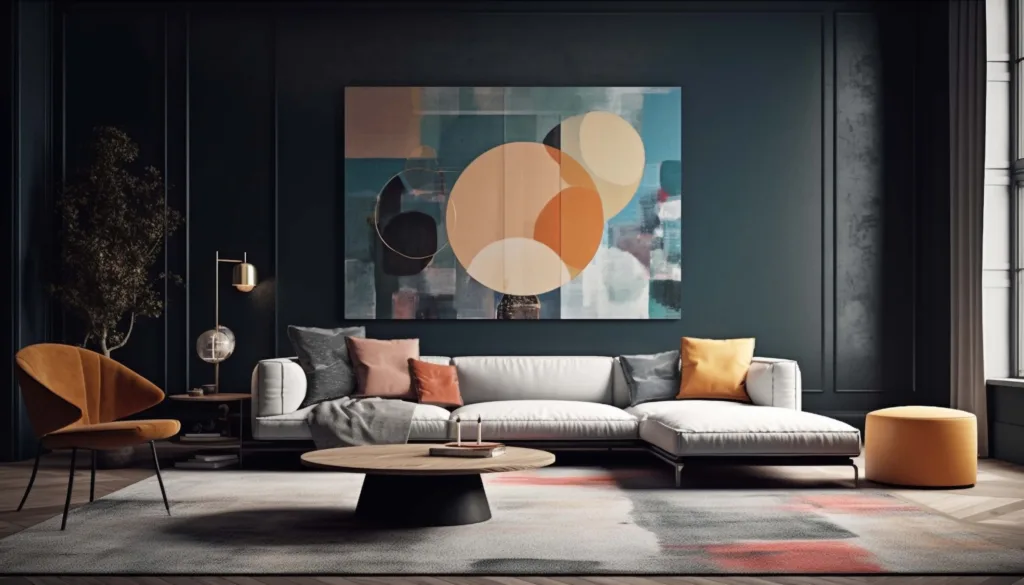
Woodwall art is a captivating and timeless form of decorative expression. Crafted from various types of wood, these intricate pieces combine artistic vision with the natural beauty of the material. Whether it’s a hand-carved sculpture, an elaborate wood mosaic, or a laser-cut design, wood wall art adds warmth and character to any space. The rich textures, grain patterns, and earthy tones of the wood create a unique aesthetic that complements both traditional and contemporary interiors. From rustic landscapes to abstract compositions, wood wall art offers a diverse range of styles to suit every taste. It not only serves as a striking focal point but also brings a touch of nature indoors, infusing the ambiance with a sense of organic elegance. With its ability to merge craftsmanship and nature, wood wall art is an enchanting way to enhance the beauty of any living environment.
Bathroom wall art transforms an often-overlooked space into a personal sanctuary. With a myriad of options ranging from vibrant prints to minimalist designs, bathroom wall art adds personality and charm to the functional area. Whether it’s a serene beach scene, botanical illustrations, or motivational quotes, these art pieces inject life and inspiration into the bathroom. They create a visual focal point, elevate the overall ambiance, and offer a sense of relaxation and escape. From framed prints to waterproof canvas, the art can withstand the moisture-rich environment of the bathroom. With its ability to infuse style and character, bathroom wall art transforms the space into a retreat that combines practicality with aesthetic pleasure.
Metal wall art is a contemporary and striking form of decor that adds a touch of sophistication to any space. Crafted from various metals like steel, aluminum, or copper, these art pieces exhibit durability and resilience. From intricate sculptures to geometric designs, metal wall art showcases a wide range of styles, offering something for every aesthetic preference. The reflective surfaces of metal add dimension and depth to a room, creating visual interest and capturing light in captivating ways. Whether displayed indoors or outdoors, metal wall art serves as a bold statement piece that effortlessly enhances the overall atmosphere, making it a popular choice among modern interior enthusiasts.
Mural modern wall art is a very immersive form of artistic expression that transforms ordinary walls into breathtaking masterpieces. These large-scale paintings or designs cover vast surfaces, instantly becoming the focal point of any room or outdoor space. Mural artists designed thought-provoking artworks with skilfully blending colors, shapes, types, and narratives to create visually stunning designs From vibrant cityscapes to nature-inspired scenes, mural modern wall art can transport viewers to different worlds or evoke specific emotions. It allows for creative storytelling and serves as a powerful medium for cultural, social, or political commentary. Mural wall art has the unique ability to engage and inspire, leaving a lasting impression on those who experience it.
3D wall art adds a captivating and dynamic element to any space, taking traditional wall decor to the next level. These three-dimensional 3d artworks create a design in XYZ axis and bring the subject matter to life in a visually stunning manner to maintain the illusion of depth, Whether it’s a realistic sculpture, an abstract composition, or an optical illusion, 3D wall art engages the viewer with its tactile and immersive nature. It adds texture, dimension, and a sense of movement to the walls, making them visually intriguing and captivating. 3d walls are best used in offices and homes. 3D wall art sculptures bring a new dimension to wall décor. These captivating pieces utilize various materials, from metal to resin, to create intricate and visually striking designs. With their depth and texture, 3D wall art sculptures add a sense of depth and intrigue to any space. Whether it’s a realistic representation or an abstract creation, these sculptures become eye-catching focal points that elevate the overall ambiance and create a truly immersive visual experience.
Modern wall art for the living room offers a contemporary and stylish way to enhance the overall aesthetic of the space. With sleek lines, bold colors, and innovative designs, modern art pieces create a sense of sophistication and visual interest. From abstract paintings to minimalist prints, modern wall art reflects current artistic trends while adding a touch of creativity to the room. It can serve as a focal point or complement existing decor, showcasing the homeowner’s personal style. With its ability to evoke emotions and spark conversations, modern wall art adds a unique and curated touch to the living room, making it a space that feels both chic and inviting.
Moss wall art is a unique and innovative way to bring nature indoors. These living artworks feature preserved moss arranged in captivating patterns, designs, or even logos. The vibrant green hues and soft textures of the moss create a soothing and calming ambiance in any space. Moss wall art requires minimal maintenance, as it does not need watering or direct sunlight. It also acts as a natural sound absorber and improves air quality by absorbing excess humidity. With its organic beauty and eco-friendly nature, moss wall art is a sustainable and visually stunning option for adding a touch of nature to homes, offices, or commercial spaces.
Preserved moss wall art is a captivating and sustainable way to incorporate nature into interior design. This art form involves real moss that has been treated and preserved to maintain its natural beauty and texture. The preserved moss comes in various colors and textures, allowing for endless creative possibilities. From moss panels to intricate moss designs, these artworks add a touch of organic elegance to any space. Preserved moss wall art requires no maintenance or watering, making it a hassle-free and long-lasting option. It not only enhances the aesthetic appeal but also improves acoustics by absorbing sound and creating a calming and biophilic atmosphere.
Framed moss wall art combines the natural beauty of preserved moss with the elegance of a frame. The carefully arranged moss is encased within a frame, creating a visually appealing and eye-catching display. The frame adds a touch of sophistication and allows the moss art to seamlessly blend into any interior decor. With its vibrant green hues and textural appeal, framed moss wall art brings a sense of nature and tranquillity to the space, creating a captivating focal point that is both visually stunning and unique.
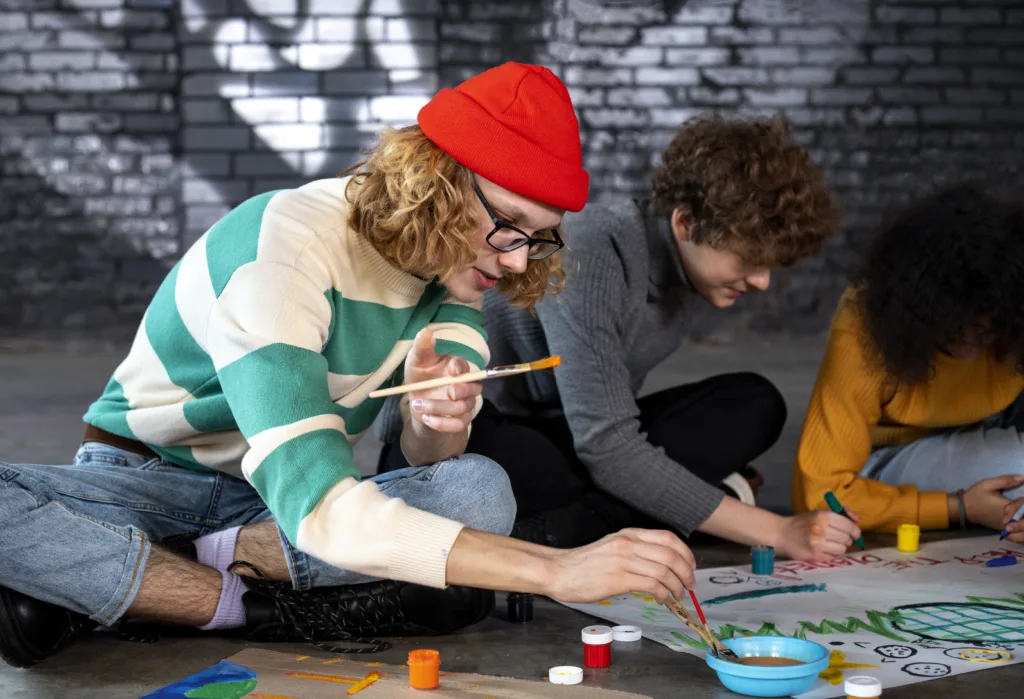
wall artists share a decade of experience, and confidently state that modern wall art is an ever-evolving form of artistic expression that has captivated audiences and transformed spaces around the world. Throughout this article, we have explored the definition, origin, history, types, examples, and future perspectives of wall art.
Modern wall art, characterized by its contemporary aesthetics and innovative techniques, defies traditional boundaries and embraces experimentation. In the 20th century Cubism, Surrealism, and Abstract Expressionism are performed as the art of movement designers and artists expressing their aesthetic vision with Various styles, such as Pop Art, Minimalism, and Street Art, which have arisen over time, providing. From vibrant murals adorning city streets to minimalist geometric patterns gracing gallery walls, modern wall art showcases the vast possibilities of artistic expression. It has the power to evoke emotions, provoke thought, and transform the atmosphere of any space. Examples of modern wall art include large-scale installations, recently inflatables that are very famous, mixed media creations, digital artworks, and interactive pieces, each contributing to the rich tapestry of this artistic genre. Looking ahead, the future of modern wall art holds immense potential to open up new avenues for designers and artists to push creative boundaries and create immersive experiences with the help of Advancements in technology, Artificial intelligence, AR, VR, and digital projection mapping, Additionally, the growing emphasis on sustainability and eco-consciousness is inspiring artists to explore environmentally friendly materials and themes in their works.
modern wall art continues to redefine artistic boundaries, engage audiences, and transform spaces. constantly pushing the creative boundaries It’s a fast-evolving art form. As we move forward, we can expect modern wall art to continue captivating us with its innovation, diversity, and ability to inspire and provoke contemplation in the years to come.
Leave A Comment